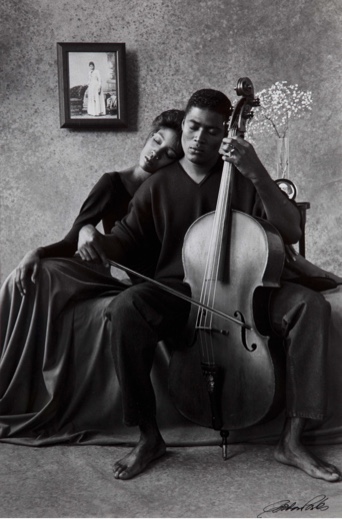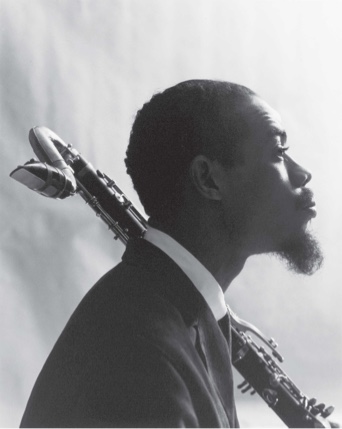The images gathered for Jazz Greats: Classic Photographs from the Bank of America Collection offer more than an overview of moments documented with professional accuracy and acumen. Jazz is historically at the forefront of African American music for its honesty, sensuality and improvisational vigor. Many of the works on view were captured by photographers as dynamic as their subjects. Antony Armstrong Jones (Lord Snowdon) is one of Great Britain’s most celebrated photographers and best known for his elegant magazine portraits of notable personalities. A self-proclaimed “amateur photographer,” jazz bassist Milt Hinton captured intimate portraits of his mentors, colleagues and friends, including jazz greats such as Louis Armstrong, Dizzy Gillespie, Cab Calloway, Sarah Vaughan and Ella Fitzgerald. Gjon Mili documented jam sessions he hosted in his New York studio in the 1940s. William Gottlieb, a photographer and newspaper columnist, created some of the most-recognized images of the golden age of jazz in the 1930s and 1940s.
Chuck Stewart photographed hundreds of musicians for album covers; in clubs, concerts and recording studios; in formal portraits; and in live performance. His soft-focus portraits of iconic saxophone players Eric Dolphy, and John Coltrane with his wife, Alice, capture sensitive and sobering moments.
Barbara Morgan is known for her iconic images of modern dance pioneers Martha Graham and Merce Cunningham. Graham once said that she was unconcerned with beauty and fluidity in her dances but strove for depth, “excitement and surge.” She came to prominence in the 1930s in step with avant-garde art across the disciplines. Jazz was an inspiration for Graham’s choreography because, at their core, both jazz and dance create compelling narratives and experiment with metric variation.
The intimate scale of Jazz Greats allows for an unhurried engagement with photographs that are in conversation. Jazz and dance are about movement – neither can exist without sending the body into motion. Even when a celebrated jazz composer like Mary Lou Williams takes a moment for contemplation, as Chuck Stewart found her in 1957, one can imagine the wheels of invention at play in her mind. Perhaps the new music born of this quiet moment will inspire dancers to glide across varnished floors, as did Aaron Siskind’s smiling couple at the Savoy Ballroom in Harlem.





